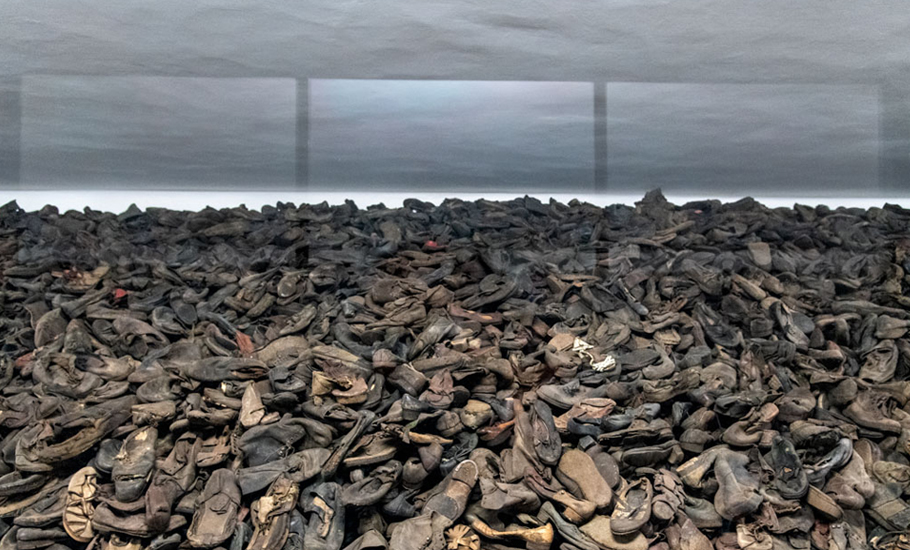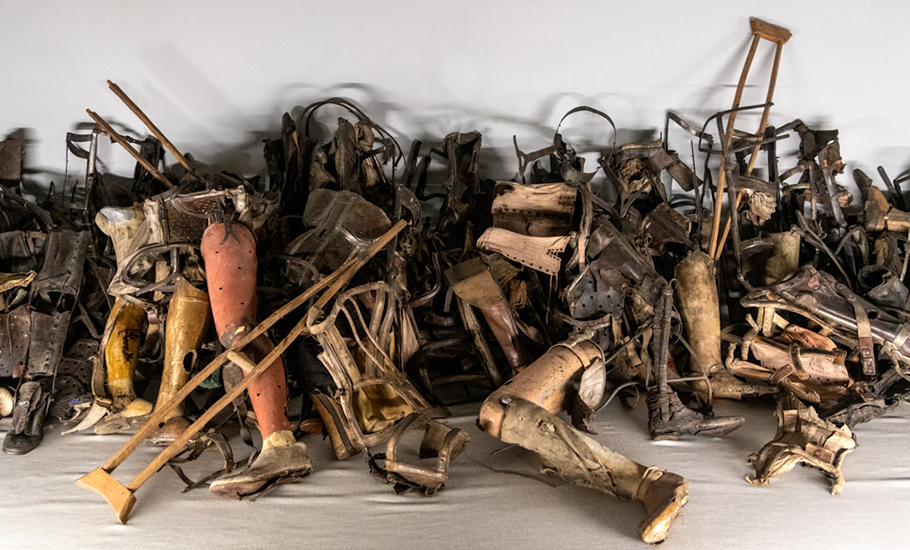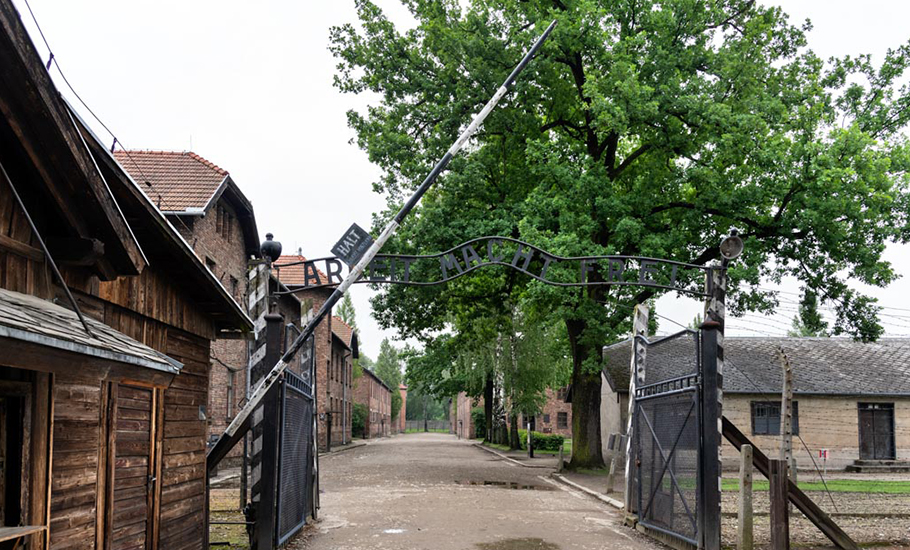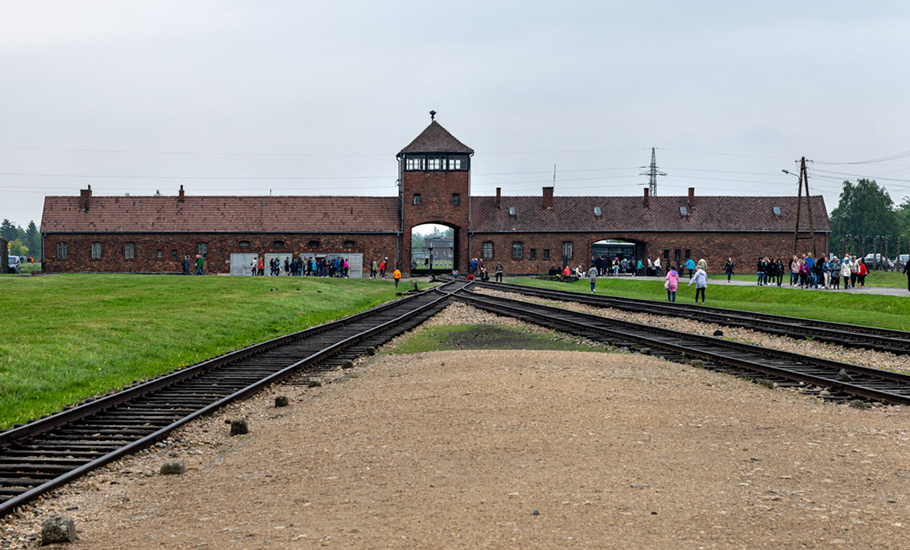
- Home
- India
- World
- Premium
- THE FEDERAL SPECIAL
- Analysis
- States
- Perspective
- Videos
- Sports
- Education
- Entertainment
- Elections
- Features
- Health
- Business
- Series
- In memoriam: Sheikh Mujibur Rahman
- Bishnoi's Men
- NEET TANGLE
- Economy Series
- Earth Day
- Kashmir’s Frozen Turbulence
- India@75
- The legend of Ramjanmabhoomi
- Liberalisation@30
- How to tame a dragon
- Celebrating biodiversity
- Farm Matters
- 50 days of solitude
- Bringing Migrants Home
- Budget 2020
- Jharkhand Votes
- The Federal Investigates
- The Federal Impact
- Vanishing Sand
- Gandhi @ 150
- Andhra Today
- Field report
- Operation Gulmarg
- Pandemic @1 Mn in India
- The Federal Year-End
- The Zero Year
- Science
- Brand studio
- Newsletter
- Elections 2024
- Events
- Home
- IndiaIndia
- World
- Analysis
- StatesStates
- PerspectivePerspective
- VideosVideos
- Sports
- Education
- Entertainment
- ElectionsElections
- Features
- Health
- BusinessBusiness
- Premium
- Loading...
Premium - Events

Postcards from Auschwitz: A powerful reminder of the horrors and vanity of wars

When Sudeesh Yezhuvath visited the Anne Frank House in Amsterdam in 2011, he realised that individual tragedies often help one understand the depth and viciousness of events such as the Holocaust (genocide of European Jews during WW II) better. Anne Frank’s diary was one such. Photography was forbidden in the house where the Jewish writer-diarist lived from 1942 till 1944 when they...
When Sudeesh Yezhuvath visited the Anne Frank House in Amsterdam in 2011, he realised that individual tragedies often help one understand the depth and viciousness of events such as the Holocaust (genocide of European Jews during WW II) better. Anne Frank’s diary was one such.
Photography was forbidden in the house where the Jewish writer-diarist lived from 1942 till 1944 when they were betrayed by an unknown person and taken into custody by the Nazis. In 2018, Sudeesh visited Auschwitz, the infamous Nazi concentration turned extermination camp where Anne Frank was an inmate (though she did not die there).
Located in Oswiecim in southern Poland, Auschwitz is where more than 1.3 million people were killed in about three years. Accompanied by a guide, Sudeesh quickly documented the site, using his camera. A pile of cans in which the poison gas Zyklon-B was delivered for use in gas chambers, sandals of inmates, prosthetic limbs, the entrance to Auschwitz-II (Birkenau) where most people were killed. He took thousands of photographs of what he saw there.
“It was my visit to the house of Anne Frank that eventually led me to Auschwitz. It was a kind of prescient moment for me. It made me understand how extreme cruelty can be inflicted on fellow human beings by people deemed normal,” he says. Back home, Sudeesh decided to exhibit his photographs. Titled ‘Yours is not to reason why: Tremors from Auschwitz’, more than 75 photographs have been exhibited at the Karnataka Chitrakala Parishath, Bengaluru, to create awareness among people about the ‘relevance’ of one of the most tragic events in history today.

“I never had any idea of exhibiting the photographs when I documented the Auschwitz museum. But after going through each later, I found the tragedy was relevant even today because there are crises all over the world,” he said.
Even though the timing of the exhibition is coincidental, the photographs that Sudeesh took in Auschwitz remind us of the horror and futility of war in the context of the ongoing attack on Ukraine by Russia. Sudeesh visited Auschwitz with his wife and son on a cold, bleak day which according to him was “fitting to the mood of what we were about to see”. The visitors to the Auschwitz-Birkenau Memorial and Museum are required to engage a guide. The tour, however, started with a building that had a gruesome exhibit–an urn containing human ashes found in the camp.
The guide took them to a hall where old black and white photographs were exhibited. The photographs, according to Sudeesh, were taken by the Nazis to help with documentation and were mostly about prisoners arriving at Birkenau, awaiting selection. “The prisoners were asked to go to the right or left. Although they did not know it at that time, those sent to the left ended up in a gas chamber within a couple of hours and 75 per cent prisoners who arrived were sent straight to the gas chambers. The Nazis wanted all those who could not work to be killed immediately, without having the need to ‘waste’ resources on them,” said Sudeesh, an IT entrepreneur based in Bengaluru.
Auschwitz was started as a concentration camp in 1940 and it was converted into an extermination camp in 1941. The first gas chamber was constructed here in 1941 and after the Nazis became convinced that gas chambers using the poison Zyklon-B were an efficient method for mass killing, the camp was extended to include Birkenau (Auschwitz-II) which had four gas chambers. More than 1.3 million people are estimated to have been killed at Auschwitz-Birkenau with about 90 per cent of them being Jews.

A pile of cans in which the poison gas Zyklon-B was delivered for use in gas chambers stands as a mute witness to the tragedy. “Zyklon was used as a chemical weapon by Germany in World War I and was banned later. A chemist named Bruno Tesch and others modified it to use it as an effective killing agent and was named Zyklon-B. Tesch was executed in 1946 for his role in this war crime as he knew that Zyklon-B was being used to kill people,” said Sudeesh.
“The prisoners were brought to the camps in railroad wagons with 80 to 100 prisoners crammed into each wagon. Mostly, they had to leave their homes on very short notice and had just a few pitiful belongings with them. Even these were taken from them when they arrived at the camp and today we can see these heaped up, as exhibits. Some of the stuff was used for war efforts. For instance, prisoners were shaved before they entered the gas chamber and the hair was used to make vests for soldiers. Gold teeth were pulled out and the gold reused,” he said.
Initially, the Nazis would photograph each prisoner and keep records but they stopped this when the volumes increased as Hitler moved toward the Final Solution of killing all Jews in Europe. “This meant that a huge portion of the people who were killed in Auschwitz were never recorded as having arrived there as they went straight to the gas chambers. Later on, the Nazis claimed that they had no idea about these ‘missing Jews’, in an effort to escape punishment for this criminal act,” he said.
Every day, the prisoners had to assemble in a particular area where their count was taken. If there was anyone missing, the count was taken again and again till the authorities were satisfied and the prisoners had to wait in the open till then. “The guide told us that this exercise went on for 9 to 10 hours at times. Many prisoners did not even have shoes and their clothing was inadequate to meet the winter conditions when the mercury dropped well below zero,” says Sudeesh. “The prisoners in Auschwitz were fed a coffee kind of liquid in the morning, a limited quantity of very thin soup in the afternoon and some black bread in the evening. Our guide mentioned that the average life expectancy of a prisoner in Auschwitz was three months,” he added.
There were four gas chambers in Birkenau (Auschwitz-II) and most of the people were killed here as Auschwitz I had only one gas chamber. At the museum, Sudeesh had to rush up. He managed to click more than thousands of images in four hours. For Sudeesh, the terrible despair and sense of dejection that one feels at Auschwitz was far beyond description. As he wandered through the camp, the questions that kept on coming were ‘how could a people have supported such an atrocity’ and ‘how could a whole nation be brainwashed to support the bigotry of a few?’
“I think these are very important questions and they need to be reflected upon by peoples of various countries even now. This is what we have to be aware of when we see people’s minds being filled with hate for the “other” (as in India, for instance). This is what authoritarian, oppressive regimes will do. This is what we have to guard against when we see signs of such regimes, be it in any part of the world. I hope my photographs will serve that purpose,” said Sudeesh.

The exhibition is curated by visual artist Murali Cheeroth and human geographer Jayaraj Sundaresan. The importance of curating an exhibition of this kind, according to Murali Cheeroth, was challenging. “We know the historical importance of Auschwitz but there are many brutal things that take place at various levels across the world today. The exhibition is a reminder to those who are directly or indirectly part of those,” said Murali Cheeroth, curator of the exhibition and chairman of the Kerala Lalithakala Akademi.
“The exhibition is on at the Karnataka Chitrakala Parishath till March 12. It will be conducted in other cities as well in the coming months,” he added.
